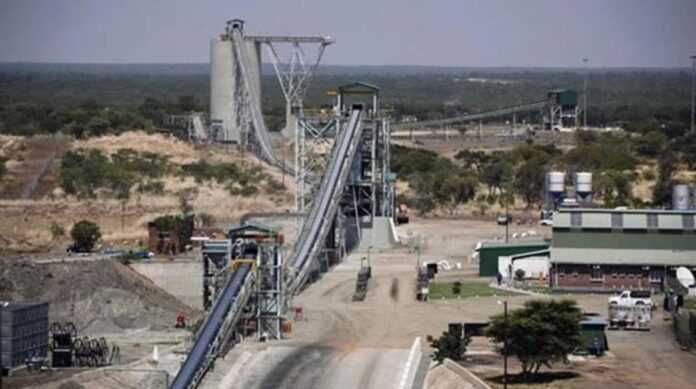
Zim Now Writer
Mines and Mining Development Minister, Winston Chitando has said Zimbabwe’s forthcoming platinum mine projects and upgrades to existing operations will position the country as a powerful global platinum force.
Combined, upcoming platinum mine projects and upgrades to existing operations are value at US$10 billion.
According to the World Platinum Investment Council (WPIC), Zimbabwe is considered to have the world’s second-largest known platinum group metals deposits, after South Africa, on the mineral-rich Great Dyke.
Karo Mining Holdings, which has commenced operations targeting first production by July 2024, will become the fourth active platinum producer in Zimbabwe.
The country has three Platinum Group Metals (PGM) producers, Zimplats, Unki and Mimosa and in addition to existing producers, new PGM projects are at different stages of implementation.
At the Karo’s platinum mining commencement works ceremony, Chitando said that Zimbabwe had significant platinum resources and the industry is the fastest growing sector in the country.
“We have other countries who have been in platinum production for longer, but their industries are now mature, but ours is fast growing.
“We believe that Zimbabwe platinum production is poised to become a formidable force in the world where you can no longer talk about platinum production without mentioning Zimbabwe,” he said.
Chitando said looking at the existing three players, Mimosa is expanding, Unki is expanding, and so is Zimplats.
“We are also looking at new productions, Todal is coming into the scene as well as Bravura and GDI.
Karo Mining has already commenced works and by July 2024, we will see the first production. In addition, there are also other new concessions coming,” he said.
In 2018, Karo Mining signed a $4,2 billion platinum deal with the Zimbabwe Government.
According to the blueprint the government is targeting to reach US$12 billion mining economy by 2023 with gold, platinum, and diamonds contributing US$4 billion, US$3 billion and US$1 billion respectively.
Chitando said the platinum mining sector’s contribution towards government’s vision will improve from current level, as the various improvements and new projects will be in production before 2030.
Chitando showed that Zimbabwe is very competitive compared to other geological formations in the world.
“With the cyclical nature of mineral prices, there is need for you to be on the lower cost of production side that will enable you to sustain production in times when the prices are low and we believe that in platinum production, Zimbabwe is on the lower cost quarter due to the geological formation supported by a local skilled base,” he said.
He said there are plans, with Zimplats taking the lead to put up a base metal refinery and Karo Mining as an independent company and other companies who were not on the initial study are free to put their own base metal refinery or join in.
Other minerals such as chrome, iron ore and carbon steel will contribute US$1 billion while coal and hydrocarbons will do the same. Lithium will contribute US$500 000 while other minerals will add US$1,5 billion.
Leave Comments